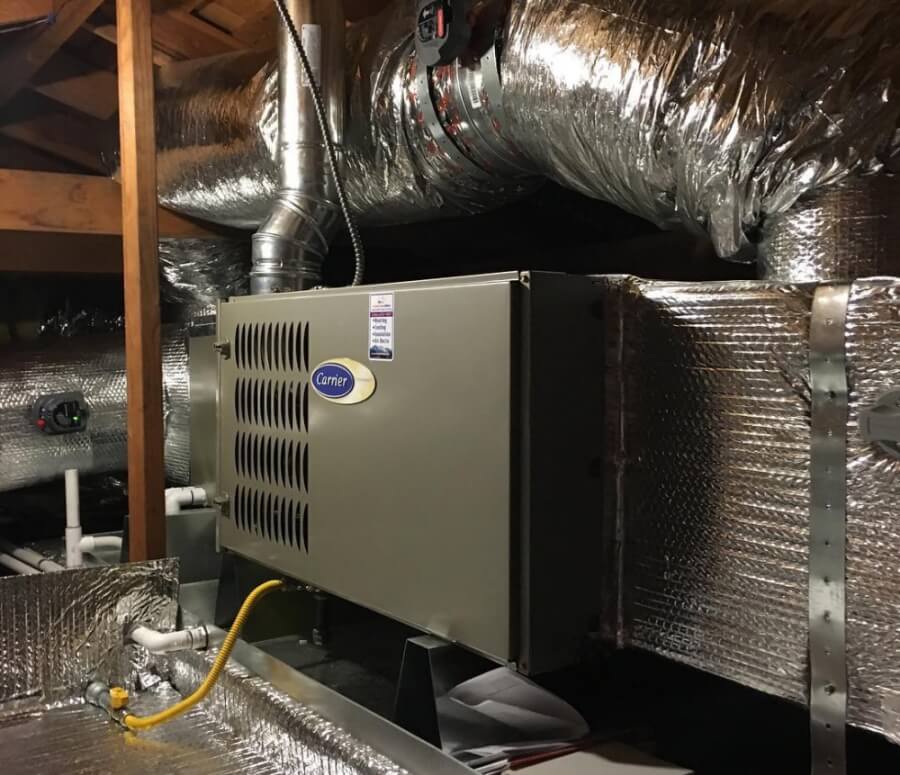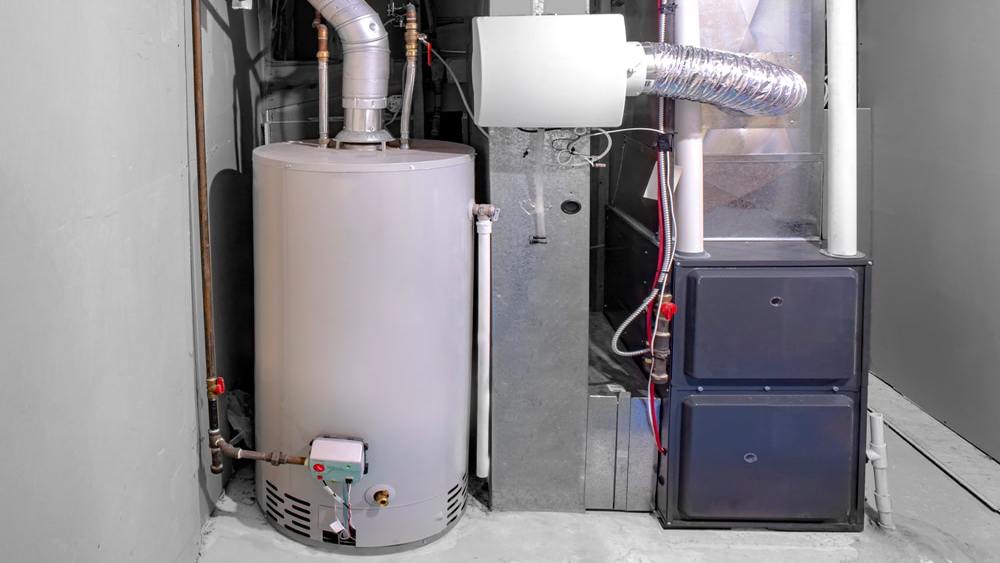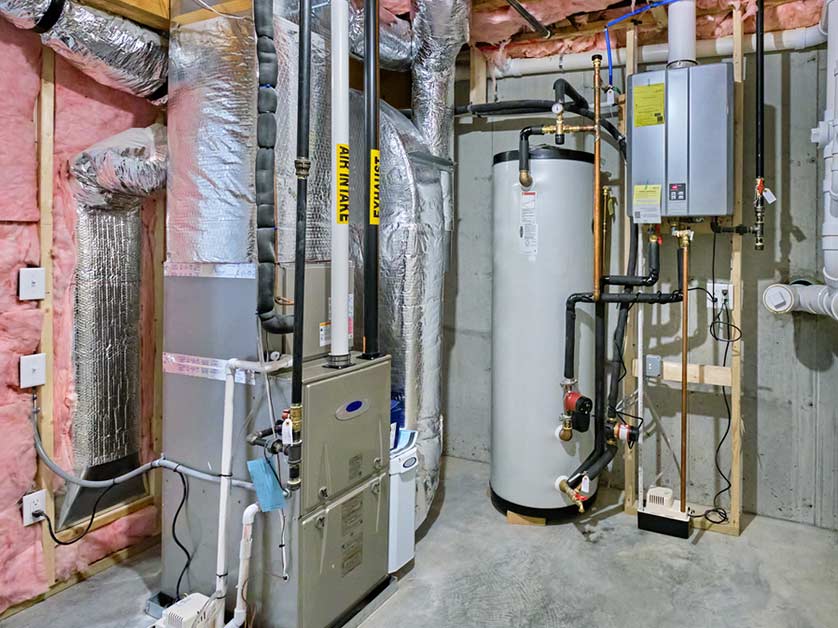Need furnace repair? Rely on our HVAC company to get your system running smoothly
Need furnace repair? Rely on our HVAC company to get your system running smoothly
Blog Article
The Ultimate Guide to Furnace Setup for a Cozy Home
Furnace installation is an important element of maintaining a comfortable home environment, particularly throughout the colder months. Recognizing the various kinds of heaters available and the significance of picking the appropriate size can substantially affect both effectiveness and convenience levels. Furthermore, a thorough installation procedure, enhanced by the right devices and products, ensures optimum performance. This overview aims to gear up property owners with the expertise required to make educated choices and apply efficient maintenance methods. As you consider these variables, the inquiry stays: what steps can you take to ensure your furnace serves you well for many years to find?
Kinds Of Furnaces

Gas heating systems are one of the most common selection as a result of their effectiveness and reduced operational costs. They utilize natural gas or gas, offering fast home heating and consistent efficiency, making them perfect for cooler climates.
Electric heaters, while usually easier to mount and preserve, often tend to have higher functional expenses. They are often preferred in locations where gas solution is unavailable or for homes with existing electrical framework.
Oil furnaces, though less common today, continue to be a practical alternative in particular areas. They melt heating oil, which can be useful throughout colder months, but their dependence on oil delivery postures prospective challenges.
Furthermore, there are high-efficiency designs available throughout these types, which can substantially lower power consumption and energy expenses - furnace installation. Eventually, recognizing these furnace types will help homeowners select a system that aligns with their home heating needs, spending plan, and power choices
Selecting the Right Dimension
Selecting the suitable dimension for a furnace is critical to making sure ideal performance and energy performance. A small furnace will have a hard time to maintain comfortable temperatures during the cold months, resulting in raised wear and tear, higher power bills, and potential system failing. Conversely, a large furnace may cycle on and off also frequently, resulting in inefficient heating and unequal temperature level distribution within the home.
To figure out the correct heating system dimension, a computation referred to as the Manual J tons calculation must be executed. This process evaluates different variables, including the square footage of the home, insulation levels, home window sizes, and neighborhood environment conditions. This comprehensive analysis ensures that the heating system fulfills the specific home heating demands of the area.

Installation Process Overview
In regards to products, you will certainly require ductwork, insulation, and securing tape to guarantee optimal air movement and power efficiency - furnace installation. It is likewise crucial to have a new heater filter handy, along with airing vent products, such as PVC pipe or metal flue, relying on the kind of heating system being set up
Safety and security devices, including handwear covers, goggles, and a face mask, is also crucial to secure versus dirt and particles throughout installment. Having all these devices and materials conveniently available not only enhances the procedure however likewise improves the safety and performance of the furnace setup.
Upkeep Tips for Durability
To make sure the long life of your heater, it is important to execute a regular upkeep timetable that addresses vital components of the system. Begin by replacing or cleaning the air filter every one to 3 months, as a clogged filter can restrict air flow and lower effectiveness. In addition, check and cleanse the blower setting up to stop dirt build-up that can hinder efficiency.
Next, inspect the thermostat settings and alter if required to make sure accurate temperature policy. Check the ductwork for leakages or clogs, as this can result in power loss and irregular heating. Consistently oil the electric motor and bearings according visit their website to the producer's referrals to lessen damage.
Specialist examinations ought to take place annually, where a certified professional can examine the furnace's total condition, check for gas leakages, and guarantee that safety attributes are operating properly. Lastly, think about setting up a programmable thermostat to maximize energy use and maintain regular home temperature levels. By embracing these upkeep techniques, you can enhance your heating system's effectiveness, prolong its life expectancy, and ultimately take pleasure in a comfy and comfy home setting.
Verdict

Report this page